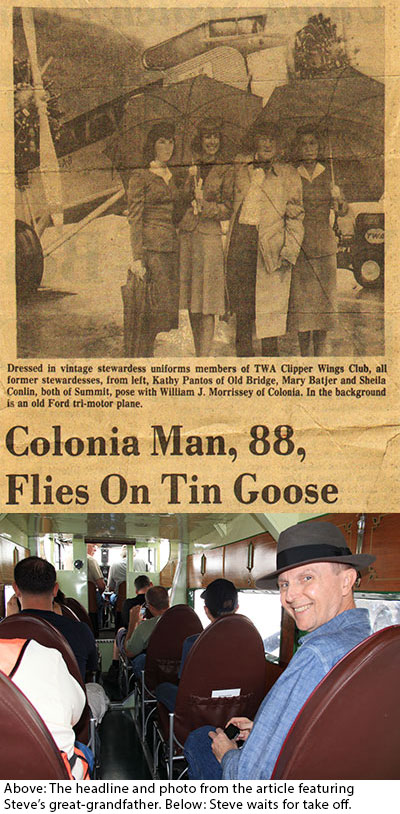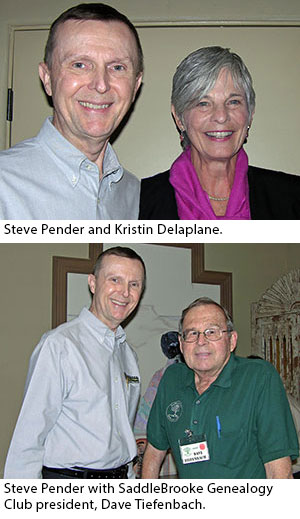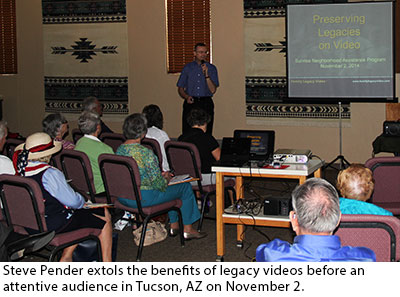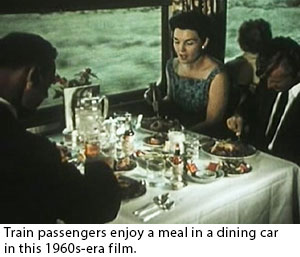The era of coast-to-coast passenger air service in the U.S. dawned on October 25, 1930, when the pilot of a Transcontinental & Western Air Ford Tri-Motor throttled up the plane’s three engines and lifted off from the runway in Newark, New Jersey. During the 36-hour trip, the plane stopped at Philadelphia, Harrisburg and Pittsburgh, Pennsylvania; Columbus, Ohio; Indianapolis, Indiana; St. Louis and Kansas City, Missouri. After overnighting in Kansas City, the plane continued on to Wichita, Kansas; Amarillo, Texas; Albuquerque, New Mexico; Winslow, Arizona and then to its final destination, Los Angeles, California. Talk about layovers!
On the Columbus to Indianapolis leg of that inaugural journey, the passenger list included a forty-three-year-old salesman for the Holcombe & Hoke Manufacturing Company named William Morrissey.
 Exactly forty-five years later, on October 25, 1975, TWA (the successor to Transcontinental & Western Air) marked the anniversary of that flight with a celebration at Newark International Airport. On hand for the party were TWA officials, a vintage Ford Tri-Motor, former flight attendants sporting vintage uniforms, and my great-grandfather, William Morrissey, who was then living in Colonia, New Jersey.
Exactly forty-five years later, on October 25, 1975, TWA (the successor to Transcontinental & Western Air) marked the anniversary of that flight with a celebration at Newark International Airport. On hand for the party were TWA officials, a vintage Ford Tri-Motor, former flight attendants sporting vintage uniforms, and my great-grandfather, William Morrissey, who was then living in Colonia, New Jersey.
My great-grandfather spoke about his experiences flying in the “Tin Goose” to the assembled media, which included the local New York television stations and a reporter from the Star-Ledger newspaper.
I knew about my great-grandfather’s travels during the early days of commercial air flight and always wondered what that experience had been like. So, when I opened my local Tucson paper one morning to see an ad for flights in a restored Ford Tri-Motor, I knew my wife and I would be taking part.
I purchased tickets, and on Valentine’s Day of this year, Halina and I headed for the airport. The flights were conducted as a part of the “Fly the Ford” tour, sponsored by the Experimental Aircraft Association (EAA). Against a backdrop of modern passenger jets, we climbed aboard the triple-engine, corrugated metal bird, and buckled ourselves in. One by one, the engines roared to life, sending their noise and vibrations through the cabin. With a practiced hand, the pilot guided the ten-passenger plane to the runway and then into the air for a fifteen-minute cruise over Tucson. It was an absolute thrill, and a chance to connect, in a small way, with what my great-grandfather experienced so many years ago.
If you’d like to see a short video documenting our flight, you’ll find it in the March 2015 e-Newsletter.


